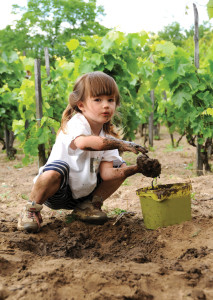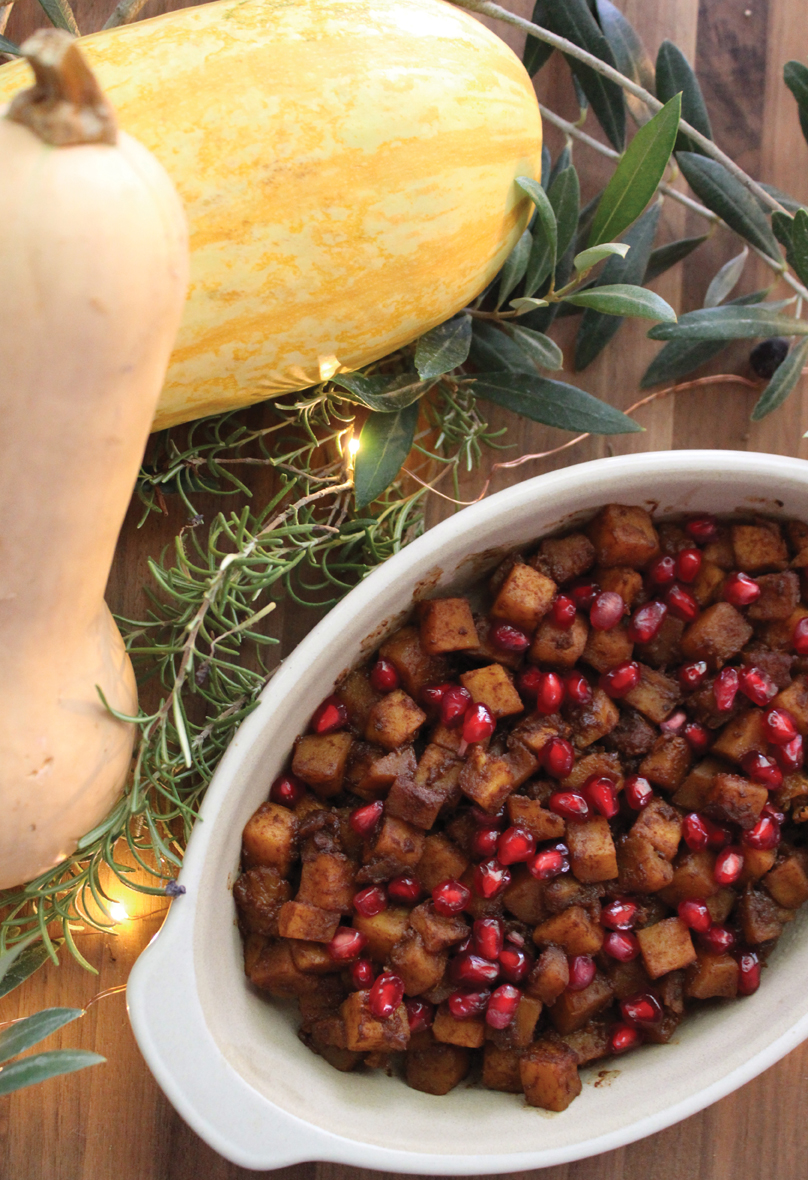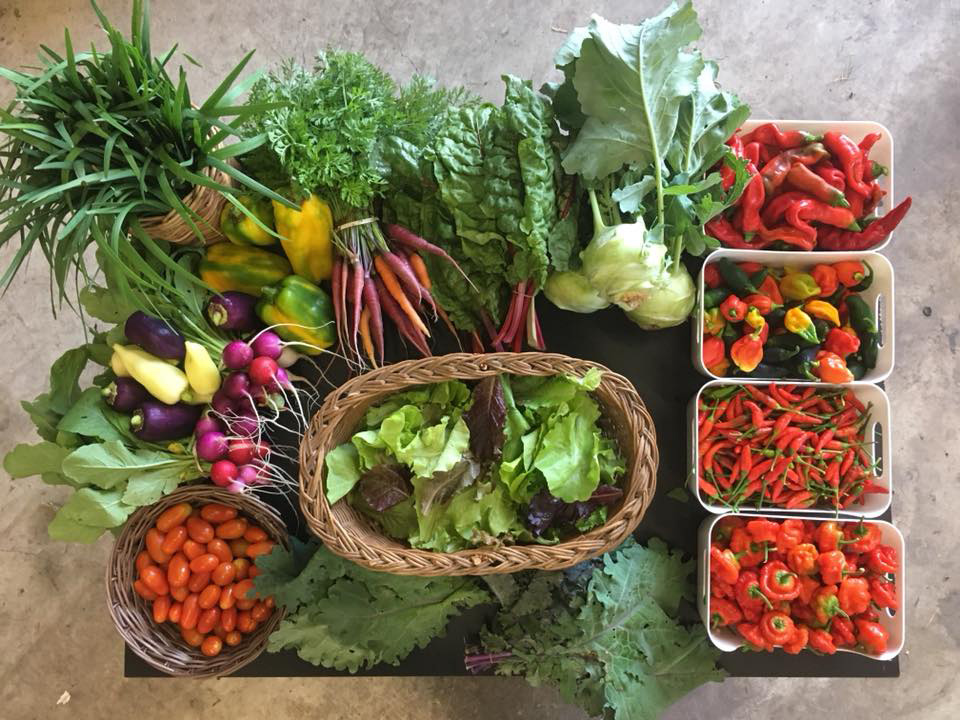
Tending a garden in early summer evokes more than just the harvested vegetables. Gardening is a full sensory experience. Moist soil rolls in your fingertips as birds chirp from branches, and the aroma of tomato leaves warmed by sunshine wafts about.
Children in particular are drawn to nature’s sensory lessons, but life sorts people in various directions through experiences, external pressures, simple access or, for kids today, a multitude of screens. Childhood summers should unfold mostly outside, while there’s still time to ponder cloud shapes in the sky and bugs on the grass and make forts from fallen sticks. A vegetable garden can be not only fruitful for eating, but a reason to go outside, a bridge connecting us to the natural world. As any gardener knows, planted garden plots, particularly those growing vegetables, require regular tending: watering, weeding, fertilizing and – hopefully — harvesting. If you want kids involved in gardening, the first step is to give them ownership, allow them their own plot, however small, even just a pot, but front and center and in a sunny spot that will bring success, not just stuck in a shady corner. Make a sign and put their name on it, list what’s growing, have fun with it. Let them do the morning or evening watering, even if they get in a water fight. In fact, one boy, when asked what would make sustainable gardening fun, suggested watering via water balloon wars using biodegradable water balloons.
A quick online search revealed that, yes, biodegradable water balloons can in fact be found on Amazon, though they might be better for “watering” lawns than fragile vegetable plants. Kids can help weed, sprinkle fertilizer feedings from watering cans, and even spray vegetable plant leaves with organic foliar sprays such as liquid seaweed and molasses, which “paints” the leaves with brown beading liquid to improve taste, nutritional value and pest resistance.
But insects will appear. The good news is: Bugs fascinate many kids. San Antonio’s Walden Pond Inter Arts Center for children keeps a small vegetable garden in its backyard, and owner/teacher Roxana Newsom says the kids’ favorite garden task is “bug-sucking.” She gives them a Dust Buster and sets them loose. Not only do they love to search for and “hoover” up pests, but later they get thrills opening the Dust Buster and identifying the insects. Kids also love beneficial ladybugs and earthworms. One 8-year-old states her favorite thing to do in a garden is to put worms in the soil, saying expertly, “Their poo is fertilizer, and the tunnels they make help roots grow.”
 Kindergarten teacher Sharon Moa plants butterfly-attracting flowers alongside edibles, so kids can watch the creatures flutter alongside the progression of planted seeds where the kids also paint and play along the stepping stones and digging spots. She says students often choose to spend time in the garden instead of going to recess and even return in later years to visit the sensory-filled, creative space. Some insects are beneficial, some are pests. Pests include aphids, potato or Japanese beetles, grasshoppers, earwigs, leafhoppers, slugs and snails. Good guys are dragonflies, ladybugs, spiders, stinkbugs, praying mantis, centipedes, assassin bugs or ground beetles, all of whom feed on the pests. To properly identify them, get a book or simple pocket folding guide. When needed, use organic pest control to keep food safe to eat. Organic sprays can be purchased at most garden centers, or make your own: 3 tablespoons of liquid dishwashing soap to 1 gallon water. Collect dropped vegetables, leaves and other garden debris daily to eliminate habitats for flies and slugs. Place copper stripping around edges to give snails and slugs a zap, and set containers buried to ground level, filled halfway with beer or molasses water to lure them. Loosely roll up a moistened newspaper held together with a rubber band overnight to trap earwigs; in the morning put into a sealed container and discard.
Kindergarten teacher Sharon Moa plants butterfly-attracting flowers alongside edibles, so kids can watch the creatures flutter alongside the progression of planted seeds where the kids also paint and play along the stepping stones and digging spots. She says students often choose to spend time in the garden instead of going to recess and even return in later years to visit the sensory-filled, creative space. Some insects are beneficial, some are pests. Pests include aphids, potato or Japanese beetles, grasshoppers, earwigs, leafhoppers, slugs and snails. Good guys are dragonflies, ladybugs, spiders, stinkbugs, praying mantis, centipedes, assassin bugs or ground beetles, all of whom feed on the pests. To properly identify them, get a book or simple pocket folding guide. When needed, use organic pest control to keep food safe to eat. Organic sprays can be purchased at most garden centers, or make your own: 3 tablespoons of liquid dishwashing soap to 1 gallon water. Collect dropped vegetables, leaves and other garden debris daily to eliminate habitats for flies and slugs. Place copper stripping around edges to give snails and slugs a zap, and set containers buried to ground level, filled halfway with beer or molasses water to lure them. Loosely roll up a moistened newspaper held together with a rubber band overnight to trap earwigs; in the morning put into a sealed container and discard.
Harvesting is an end goal. But despite best efforts, vegetable gardens don’t always yield predictably. One season you wallow in yellow squash and expect resurgence, only to be blindsided the next, when squash rots on the vine with powdery mildew — one of many garden blights. One summer a bumper crop of cucumbers turns your kitchen into a pickle factory; the next planting time, aggressive birds eat the seeds before they germinate. The list of challenges is endless and often mysterious.
It’s OK if the summer vegetable garden yields a mealtime succotash of sorts, maybe a medley of butter beans, cow peas, a few okra pods and one tomato, simmered in broth, seasoned with herbs. Kids and adults still savor vegetables they’ve produced themselves. After all, they get to enjoy that final sensation: Tasting their efforts.
Where to Find Organic Products and Expert Gardening Advice:
Shades of Green, 334 West Sunset Road, 210-824-3772. Open Mon-Sat 9 a.m.-5 p.m., Sun 10 a.m. to 4 p.m.
Fanick Garden Center and Nursery, 1025 Holmgreen Road, 210-648-1303. Open 7 days/week, 8:30 a.m.-5 p.m.










0 Comments